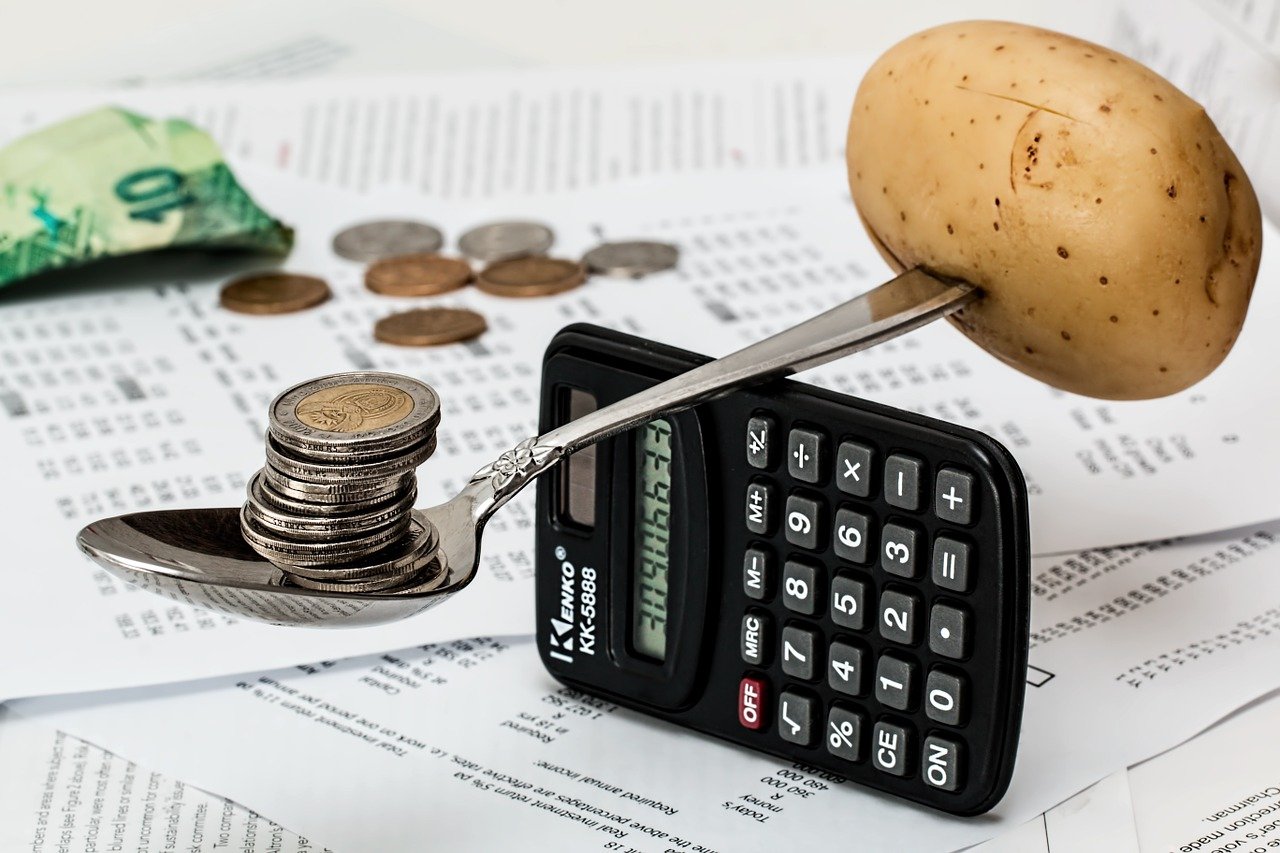
Way too often we forget that money is just a convention.
Money doesn’t exist outside of us, humans, it’s not sitting out there, like something set in stone, that can be used for any other living being. Try sending your dog to buy you cigarettes, if you don’t believe me.
Money is something that is specific only to us, as a species, and at its most basic level, is nothing than a convention: a bunch of people agree that a piece of paper can be exchanged for a certain amount of goods. Money appeared as a way to solve the famous “double coincidence of wants”.
What Is The Double Coincidence Of Wants?
Suppose you’re a singer and you perform in a bar. The owner agrees that your performance has a certain value, but he doesn’t have anything to give you in exchange for it. The only thing he can give you is a place to stay over night. Coincidentally, all you need is a place to stay over night. So, you have a deal. That’s a double coincidence of wants (it’s “double” because it must happen at the same time for both parties involved in the transaction).
But the next day you go at the same bar and the owner still doesn’t have to give you anything but a place to stay. Incidentally, you don’t need a place to stay anymore, but you need food. The owner can’t give you food, so you won’t have a deal.
It kinda sucks. Now you have to find a bar owner who can give you food in exchange for your performance. And that proves to be quite difficult.
Statically speaking, the odds for a double coincidence of wants to happen are infinitesimal.
And that’s how money appeared: as a mean to exchange value in a satisfying way for both parties involved in a transaction.
How Much Value Is In Money, Really?
Now here’s where it becomes interesting. The degree of satisfaction of a transaction is based not upon the rough number of money exchanged (being it 10, or 100, or 1.000.000), but upon the “power” of money. It depends on the strength of the currency.
In other words, money is as powerful as the convention behind it.
For instance, I can make my own currency between me and my girlfriend. We can call its, let’s say… friendcash. We can write on 10 pieces of paper the number 1, and underneath that number the word “friendcash”. And we can agree between the two of us that we can spend 1 friendcash for a donut.
It all goes well until we try to pay at the donut store with that piece of paper. Surprise, surprise. It won’t be accepted.
The only real difference between that piece of paper and a real banknote is the size of the convention layer behind it. It’s not about the security elements, they’re irrelevant. What’s relevant is that the seller doesn’t agree with me upon the value carried by that paper.
This is a very simple explanation of why money appeared and how they really work. They're nothing more than a social convention that streamlines transactions. Yet, many times we forget what it is and get attached to some empty numbers or cling to some shallow expectations.
Of course, things can get insanely complicated and the very fact that you’re reading this on Steem, right now, is a consequence of this degree of complexity applied to money as a social instrument.
We’re on a social media platform in which we’re paid for writing in 3 difference currencies, none of which existed one year ago. They exist right now only because you and me and the rest of the users of the platform, agree it exists. Outside of this convention, they’re just some numbers without any value associated with it.
I’m going to end with a few questions and hopefully some of you will take the time to answer in the comments:
how much money are you willing to give me - directly, not by voting - for this article?
how much money do you think your time here on Steemit is worth?
how much money do you think the founders and developers of the platform should receive?
how much money would you consider fair to receive after another year on Steemit?
I’m really, really curious to hear your answers. After the first 30 answers I promise I will answer as well.
In case you’re curious ;)
image source
This post is part of a 30 days challenge on business, you can find the entire list of articles here.
I'm a serial entrepreneur, blogger and ultrarunner. You can find me mainly on my blog at Dragos Roua where I write about productivity, business, relationships and running. Here on Steemit you may stay updated by following me @dragosroua.

